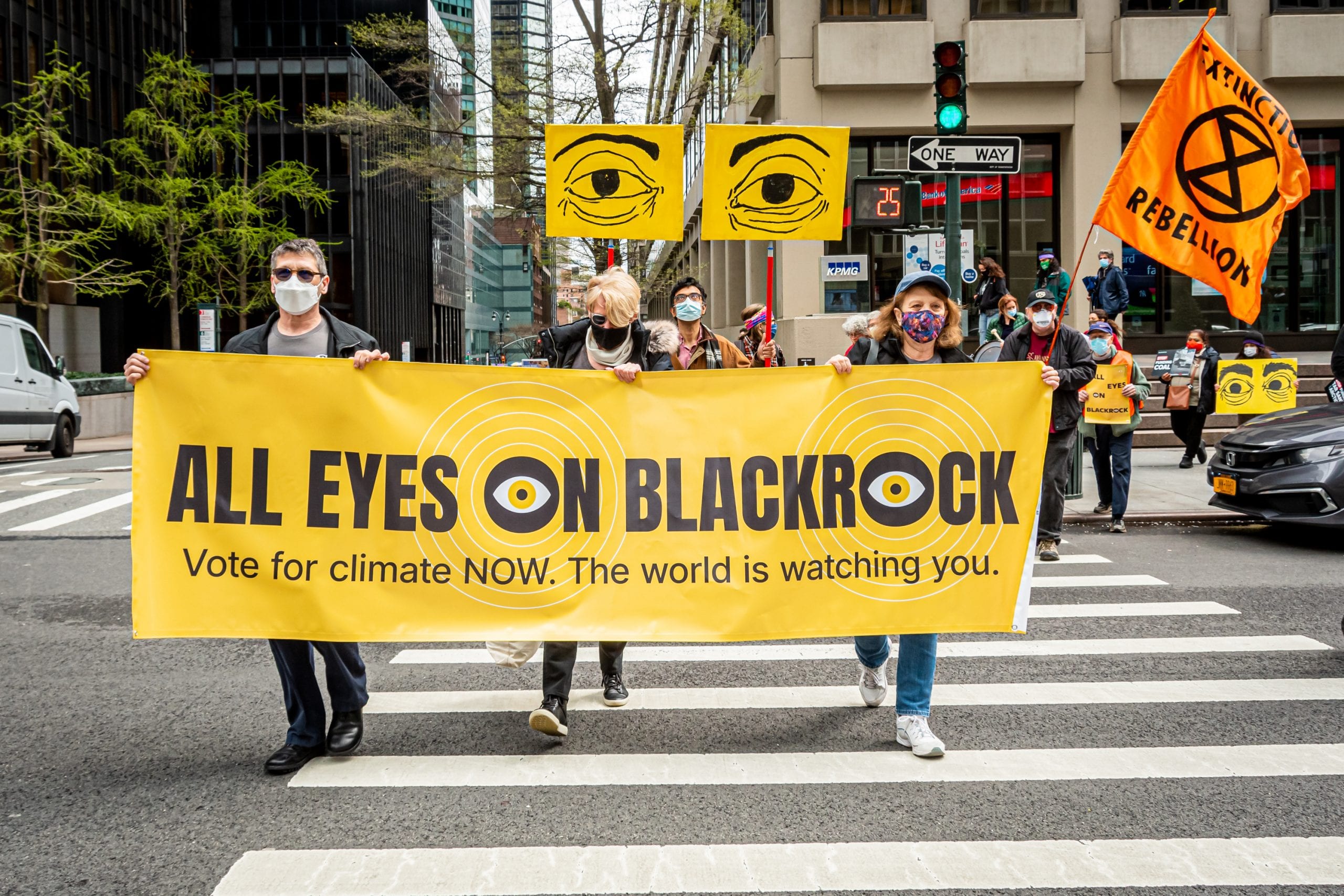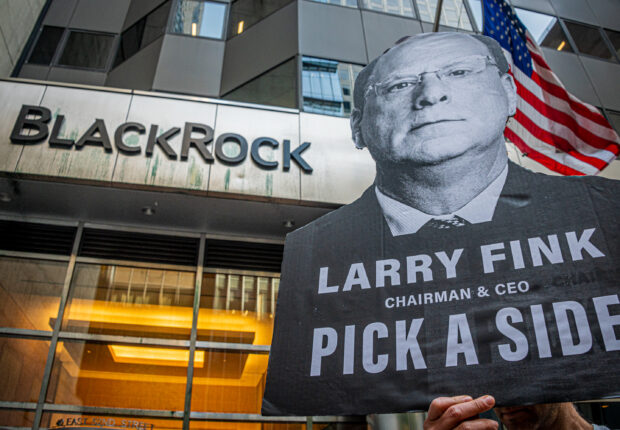Last week, BlackRock released a 2020-2021 stewardship report detailing its engagement and proxy voting over the past year. While BlackRock’s engagement and proxy voting record improved thanks to Sandy Boss’s first year as Global Head of Investment Stewardship, it must go so much further.

To truly achieve ambitious and necessary climate action and make good on its climate commitments, BlackRock leadership needs to lean on its staff that understand the scope and urgency of the climate crisis and are advocating for change to match that urgency. The coming months will be a test of how willing BlackRock is to rise to the challenge.
While BlackRock made improvements from last year’s shareholder season, it is important to remember: not all director votes or shareholder resolutions carry the same weight. An engagement strategy that creates the change needed can’t just rely on the sheer number or percentage of votes taken. Which votes matter, and BlackRock fell short on some of the most impactful votes of the spring. While BlackRock finally took action at some oil majors like ExxonMobil, it failed to do so across the board.
Furthermore, after several votes of no confidence at ExxonMobil, opposing a director at Woodside Petroleum for climate concerns, and votes for climate action at BP, Chevron, and ConocoPhillips, it’s high time for BlackRock to shift capital. These companies are refusing to move or are not moving fast enough, and BlackRock clearly knows it. When engagement— including voting on resolutions and directors—has not led to meaningful change, there must be an escalation. That should include limiting new investment and restricting existing investment through exclusion. This is an essential move for the climate and a wise one for BlackRock’s commitment to generating alpha for its customers.
BlackRock clearly recognizes the risks of carbon-intensive sectors, like fossil fuels. BlackRock’s 2021 midyear outlook notes: “[w]e are overweight the tech sector as we believe it is better positioned for the green transition.” The climate cannot wait until 2050 for the promise of new technologies (or false solutions or magical unicorns) to somehow materialize and enable heavy emitters to continue to increase their GHG emissions while touting “net zero” commitments. So this begs the question: if BlackRock has a net zero commitment and expects the companies it’s invested in to achieve net zero, how many climate disasters and years of inaction by the world’s biggest polluters will it take for the world’s largest asset manager to draw a line in the sand?
While action on oil majors made headlines in the 2021 shareholder season, utilities and financial institutions largely got a pass on climate, especially from BlackRock (see page 20, where BlackRock notes only 14% of its climate related votes against management were at utilities and just 9% at financial institutions) despite these sectors’ roles in ongoing fossil fuel expansion. In the second half of 2021 and into the 2022 shareholder season, BlackRock must supercharge its engagement and voting on utilities and financial institutions.
There’s a proliferation of “net zero by 2050” commitments, especially in electricity and finance, and many companies in these sectors are fueling climate destruction by enabling or directly causing fossil fuel expansion (see The Dirty Truth About Utility Climate Pledges and Banking on Climate Chaos). BlackRock can no longer sweep this under the rug, and our climate can’t afford inaction. We eagerly await BlackRock’s public support for an end to fossil fuel expansion as detailed in the IEA pathway to net zero, and for BlackRock to ensure that not one company it is invested in is expanding fossil fuel production or deforestation after 2021.
In the lead up to COP26 in Glasgow, BlackRock has the opportunity and responsibility to unveil a more detailed net zero commitment. Make no mistake, anything less than 100% of BlackRock’s AUM (active and index funds) being net zero aligned by 2030 is insufficient. BlackRock must also announce interim targets (e.g., 2023, 2025) and leverage its position as an industry and climate leader to bring other asset managers, especially its peers in the Net Zero Asset Managers Initiative, and the financial industry at-large on this journey.
Anything less from BlackRock and the financial industry would ensure a catastrophic escalation of the climate crisis that would endanger BlackRock’s own clients and investors, the financial system, and all of us.

